Reporting on the so-called child “welfare” system means working with vulnerable people who carry traumatic stories. While good investigative journalism can provoke positive policy change, standard reporting practices aren’t going to cut it. Extra care is needed.
That’s what system experts told dozens of journalists during a free online workshop series this winter.
Spotlight: Child Welfare, a collaborative journalism project that brings together journalists and people with lived experience in “care,” held the workshops to encourage and support more responsive, in-depth and trauma-informed reporting on the system.
The series opened with a panel of advocates — Cheyanne Ratnam, Cheyenne Stonechild and Dylan Cohen — who have been through “care” and have media experience.
“There's a number of ways I've been burned by journalists,” Cohen said.
If you’re expecting “trusting young people to tell their stories in the same way that you would [expect] a PR person to respond to a quote, there’s a real misunderstanding about who you’re reporting [on],” Cohen said.
He spoke, for example, to the harm journalists can do when they’re working against a tight deadline and looking for quotes from someone with lived experience.
“I get a call... it’s like, ‘Hey, I'm working on a story about youth homelessness. Can you tell me about the time you were homeless for this story?’ I have to sit with that and try to respond and just be brought back there all the time.”
At the same time, journalists are “sometimes the only people that can move the dial,” Cohen said. He recalled the first time he did an interview about his experience with the University of Winnipeg’s tuition waiver program.
“At that moment, I realized that there was a really special niche of lived expertise and speaking from the lens of an often missed perspective of youth leaving care, and that both media and the public really were interested in that story.”

Journalists should consider the rights and emotional needs of youth who have been removed from their families, the advocates said.
They should build long-term relationships with youth in care and be sensitive to what informed consent looks like. And they should use strategies like double-checking quotes before publishing and making sure young people understand the context of the story.
“Have humility and empathy in terms of how you approach young people [and] how you speak to young people,” Ratnam said.
And if you make a mistake, make it right, said Stonechild.
“When you’re doing this kind of work, it’s important to stand by your word, especially to children in the child welfare system who have experience because a lot of times promises and words and trust have been broken.”
Search reasons behind tragedies: Blackstock
The second workshop in the series featured renowned Gitxsan advocate Cindy Blackstock, executive director of the First Nations Child and Family Caring Society of Canada, who has taken the fight for the human rights of First Nations children who have been removed from their families to the nation’s highest court.
Blackstock called for more investigative journalism and encouraged journalists to look beyond the tragedies, such as a death of a child in care, and instead look at the reasons why children are taken into care in the first place. The child welfare system is just a symptom of the problem, not the problem itself, she said.
“It’s not the child welfare system that is broken; it’s that we continue to ignore all the structural drivers that feed the child welfare system,” Blackstock said. She’s referring to poverty, inequality and addictions, and she says wraparound supports are needed for entire families, to keep them together.
“It’s almost like you’re picking out drapes while the house is burning down, if you’re not paying attention to those drivers,” she said.
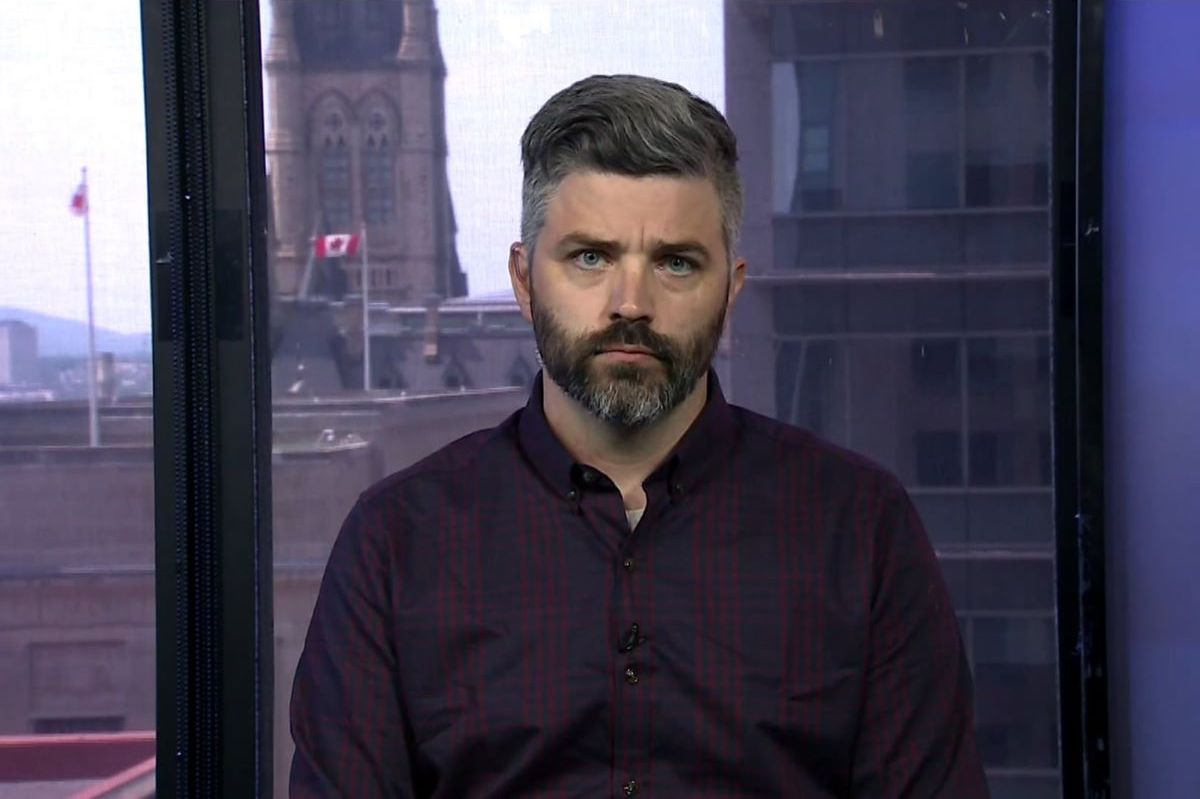
Litigation and public awareness have been the only two things that have worked to make change in this sector, but change is possible, Blackstock said.
“It’s not about being too complex or that change doesn’t happen overnight,” Blackstock said. “CERB [Canada Emergency Response Benefit] happened and the space station has clean drinking water and high-speed internet. It can be done.”
Blackstock urged journalists to ask themselves what lesson the public needs to learn from any given situation and to curate their questions based on that. Media has a role to play in holding the government to account for recommendations and promises that have not been met, she said.
‘I take issue with the word “welfare”’: journalist Melissa Ridgen
In the third workshop, journalists who have all reported extensively about the child welfare system — Melissa Ridgen from Global News, Kenneth Jackson from APTN and Anna McKenzie, formerly with IndigiNews — shared their experiences.
Ridgen said all journalists should consider child welfare stories to be part of their wheelhouse. She referred to child “welfare” as an industry.
“Look at how many people it employs — it is massive. It’s far bigger than the whole residential school system ever was,” she said. “I even take issue with the word ‘welfare.’ The use of that word implies — it gives the benefit to this industry — that they are taking care of the welfare of children and we know that to not always be the case.”
It can be difficult to report on the systemic failures of child welfare without a person who is willing to share their story, and privacy laws can block that, even after death, Jackson said.
“It’s not just a story; it’s someone’s life,” he said.
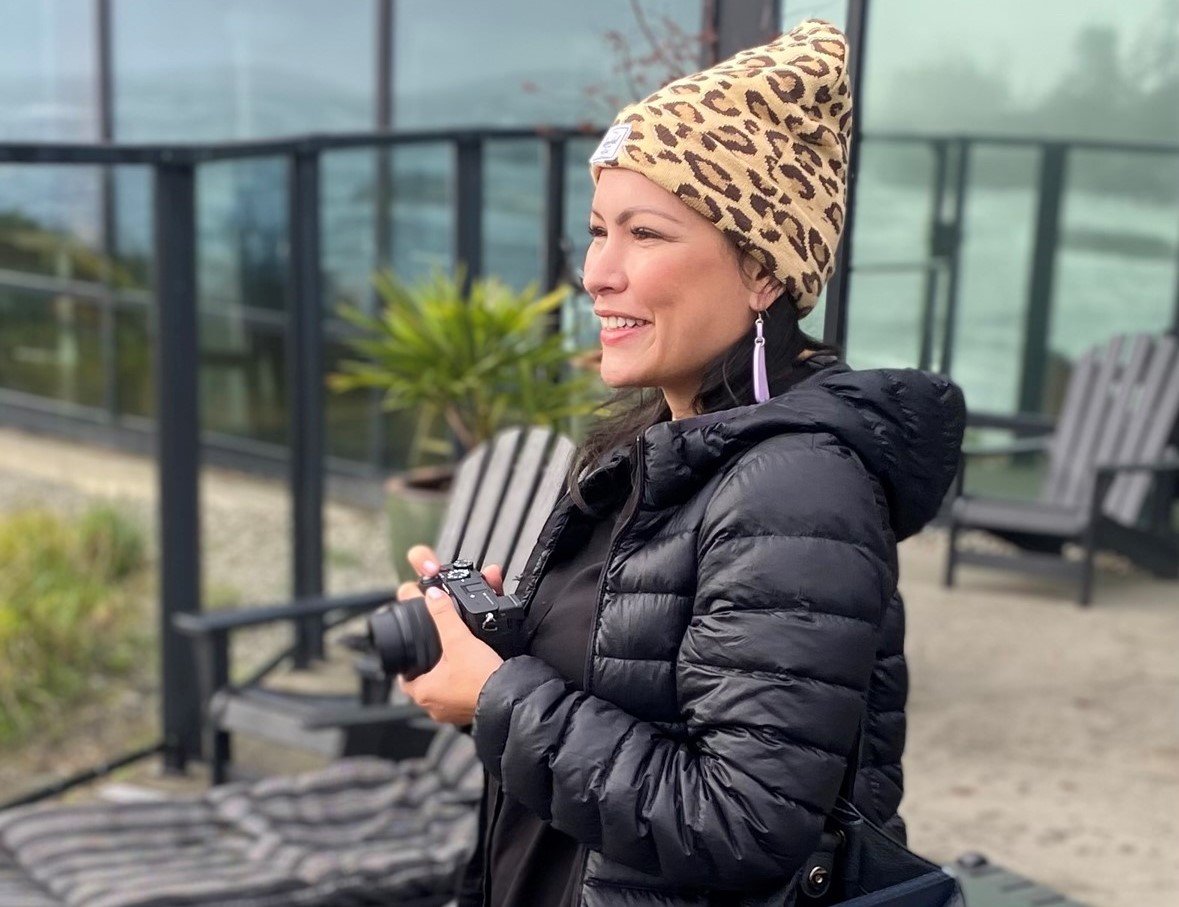
McKenzie, who is Opaskwayak Cree, said she brings her heart into every child welfare story, keeping in touch with families she has written about long after her stories are published.
“It’s a relational thing and I think it has to be because the child welfare system is so inherently violent and is breaking apart our families,” she said.
The journalists said it would be helpful to have tools or training in how to talk to editors about child welfare stories, a resource with the appropriate vocabulary to use while reporting on child welfare and legal tips on how to report on systemic failures without breaking privacy laws.
“Journalists have such a role in storytelling,” said Jessica Saunders during the last workshop, which featured legal experts. She’s a member of the Opaskwayak Cree Nation and a lawyer who specializes in Indigenous and child and family well-being law.
“You’re playing a critical role in helping everyday grassroots communities and people connect and understand the issues.”
Maegen Giltrow, a B.C. lawyer who works on child welfare cases, was also on the panel.
In a precedent-setting case, she was able to get a B.C. Supreme Court judge to order that an Indigenous mother whose baby had been removed be given visitation rights to breastfeed and bond with her baby. There happened to be a reporter in the courtroom and the case got national media attention.
“The media coverage was so important and so timely. It made a big difference,” she said. “It led to larger-scale changes that went beyond this case.”
Saunders said there’s room for reconciliation in the media and urged journalists to consider how media coverage of Indigenous people has changed (or not) over the past few decades.
Spotlight: Child Welfare is building on work the group produced in 2018-19, when freelance and staff journalists from eight media outlets collaborated with youth from “care” to develop reporting resources and produce 13 original stories.
The 2024 workshop series was presented as “pay what you can” and was open to anyone interested. About 30 people attended each session.
Spotlight: Child Welfare is hosted by The Tyee and has multi-year funding including support from Inspirit Foundation, McConnell Foundation and the Law Foundation of British Columbia. Their support of the project does not imply endorsement of or influence over content produced. ![]()
Read more: Rights + Justice, Media




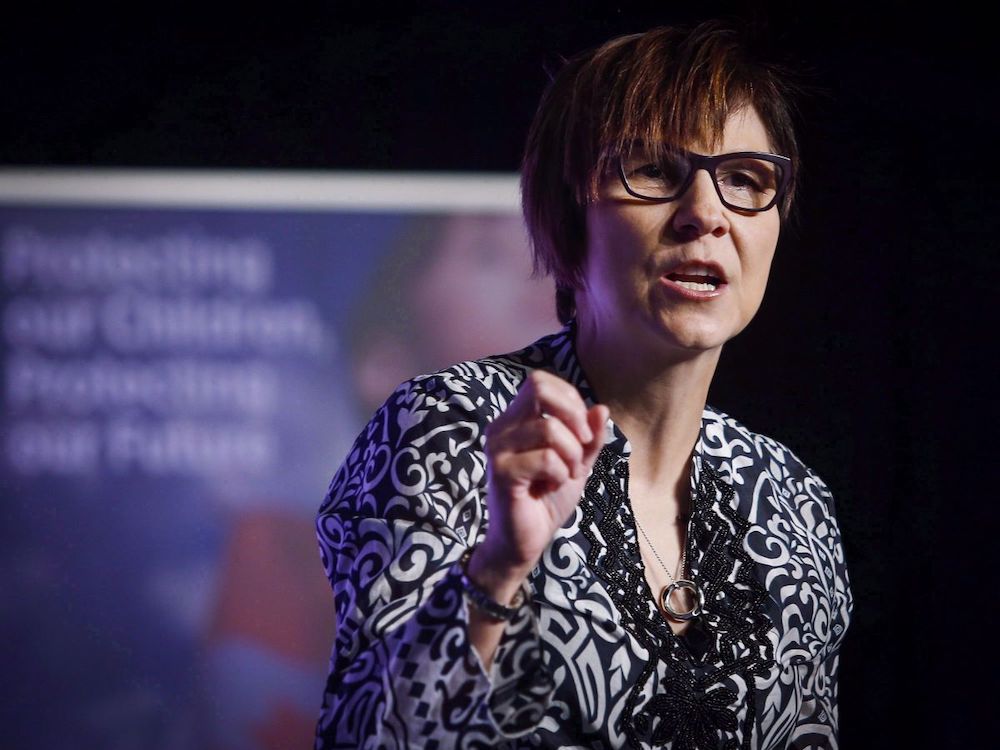
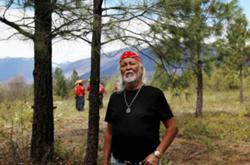

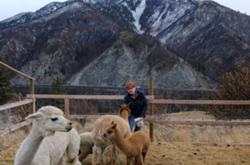









Tyee Commenting Guidelines
Comments that violate guidelines risk being deleted, and violations may result in a temporary or permanent user ban. Maintain the spirit of good conversation to stay in the discussion and be patient with moderators. Comments are reviewed regularly but not in real time.
Do:
Do not: